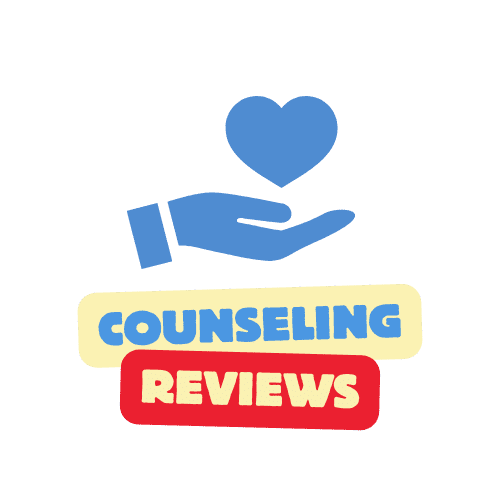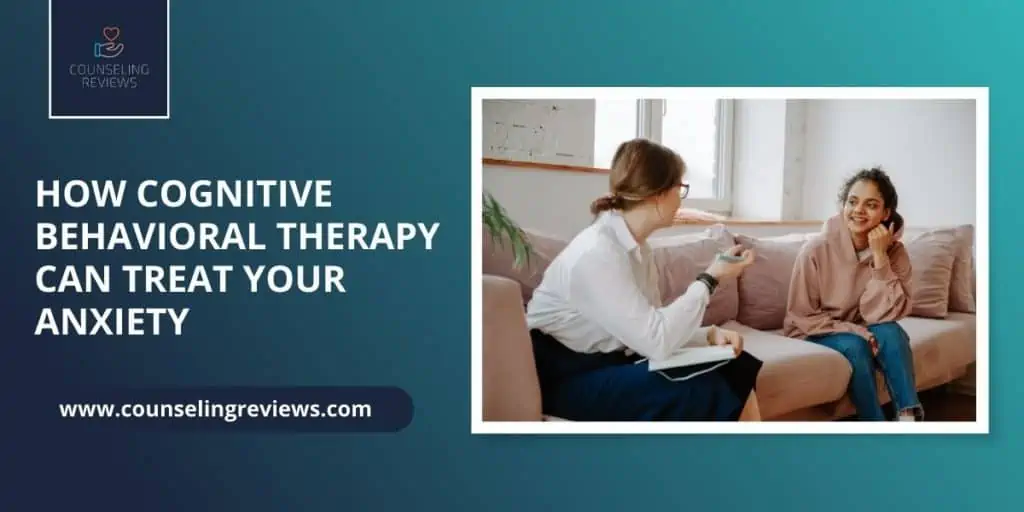An estimated 19% of US adults suffer from an anxiety disorder each year. This means that annually over 40 million people in the US alone are significantly affected by anxiety.
The reality is, anxiety disorders are the most common mental health issue for people today, which makes it a leading and beyond a debilitating problem.
While studies suggest these disorders are chronic and may last a long time – sometimes even decades – they are not untreatable. Cognitive behavioral therapy for anxiety is a commonly favored method of treatment that efficiently puts anxiety triggers under control.
Although a viable treatment exists, only a small percentage gets the required anxiety diagnosis and recommendations. Luckily, this is slowly changing.
Read on to find out how and why CBT therapy for anxiety is among the most efficient methods to treat the condition.
What is Cognitive Behavioral Therapy
CBT is a psychological treatment that helps manage a range of different disorders – from eating disorders to substance abuse and even depression.
As such, it is also often proposed as the leading treatment for many psychological problems, including anxiety.
The main idea behind CBT is that cognitive distortion – negative and exaggerated thought patterns – and maladaptive behaviors all take part in the development of many psychological issues.
Later on, these may also take part in maintaining the crushing psychological state, as a sort of a self-feeding loop of negativity.
Cognitive behavioral therapy for anxiety isn’t concerned much with psychoanalyzing patients or looking for the underlying cause of the disorder. Instead, it mainly focuses on alleviating symptoms by building new social-cognitive skills and coping mechanisms.
Cognitive Therapy for Anxiety
CBT techniques will vary based on the health problem one is looking to solve. They may include motivational self-talk, relaxation, biofeedback, development of effective adaptive coping strategies, and goal setting.
Cognitive Behavioral Therapy may involve different forms of intervention. Sometimes, the treatment is more cognitive-oriented and mainly focuses on restructuring thought processes. Other times, however, it may be more behaviorally oriented and involve in vivo exposure therapy.
Usually, both cognitive and behavioral aspects are worked on and may be combined as part of the treatment, via, say, imaginal exposure therapy.
When treating anxiety through CBT, the following three interventions are pivotal:
Cognitive Restructuring
The first step in cognitive restructuring is identifying negative thoughts – including all-or-nothing thinking, jumping to conclusions, and ruling out positives.
A patient with anxiety should work on reframing these thought patterns as an integral part of the entire cognitive therapy for anxiety. Typically, they will be given the task and opportunity as homework, so they can practice outside their booked sessions.
Reconceptualizing thoughts outside of therapy helps patients maintain an improved mental state and not fall back into negative cycles.
This is a cognitive-focused technique that prioritizes solving the problems that have been identified as primary concerns.
Behavioral Techniques
Behavioral therapy for anxiety typically makes use of exposure therapy to achieve its goals. The fear structure has an important role in anxiety disorders. It’s activated by associative networks that remember the feared stimuli, responses, and their meaning.
Exposure is used to challenge and modify the fear structure. In cases of anxiety disorders, this structure may be pathological, meaning you could have a safe stimulus associated with a fear response. Exposure therapy helps amend this.
How does it do that?
The fear structure is maintained by avoidance. By activating it with exposure therapy, you can provide new information that goes against the associations and allow for new learning. When integrating this corrective information, the fear should decrease.
Fear exposure has several forms:
- Imaginal – when a patient imagines a feared event and consequences facing the onsetting anxiety;
- Invivo – gradual exposure to safe stimuli that triggers a fear response, for example forcing oneself into social gatherings;
- Interoceptive – involving the induction of the physical sensations indicative of an attack, mostly used for panic disorders.
Self-maintenance
For CBT anxiety therapy to be effective, a patient must continuously apply the newly learned cognitive and behavioral processing.
When it comes to anxiety, a way of maintaining a good mental state is practicing journaling and relaxation techniques – like deep breathing exercises and meditation.
There may sometimes even be a need for post-treatment follow-ups with certain patients.
Conduct Methods
Cognitive behavioral therapy for anxiety is action-based and problem-focused. Thus, it usually takes a short time period to complete – around 20 sessions.
There are a few ways you can access and participate in CBT:
- One-on-one therapy
- Group courses
- Computerized CBT
- Smartphone app
- Self-help materials
Anxiety Has Nothing on You with CBT – The Verdict
In today’s digitalized world patients can also access internet-delivered CBT, as a more convenient and often cheaper alternative to traditional therapy methods. Nonetheless, it’s still an effective way to treat anxiety.
To start CBT for anxiety, you’ll first need to be prepared to fully commit to it – and before making any actual moves, consult with your licensed physician.
Currently residing in Arizona, John shares his home with two beloved pets - a very cute dog and a cat. Although they don't always see eye-to-eye, John's furry companions bring him joy and inspiration, serving as a constant reminder of the importance of cultivating meaningful relationships.
With a keen eye for detail and an unwavering commitment to quality, John is a true asset to the counselingreviews.com team. Whether he's writing about the latest research on mental health or offering practical advice for managing stress, John's expertise and insight are always in high demand.
If you're looking for well-researched and informative content that can help you improve your mental and emotional well-being, be sure to check out John's articles on counselingreviews.com. His writing is sure to provide you with the guidance and inspiration you need to overcome life's challenges and achieve your goals.
- Interview with Gary Tucker: Navigating Eco-Anxiety in a Changing Climate - April 15, 2024
- Mental Health in the Age of TikTok: Experts’ Take - April 12, 2024
- Warning Signs of a Troubled Marriage - February 11, 2024




